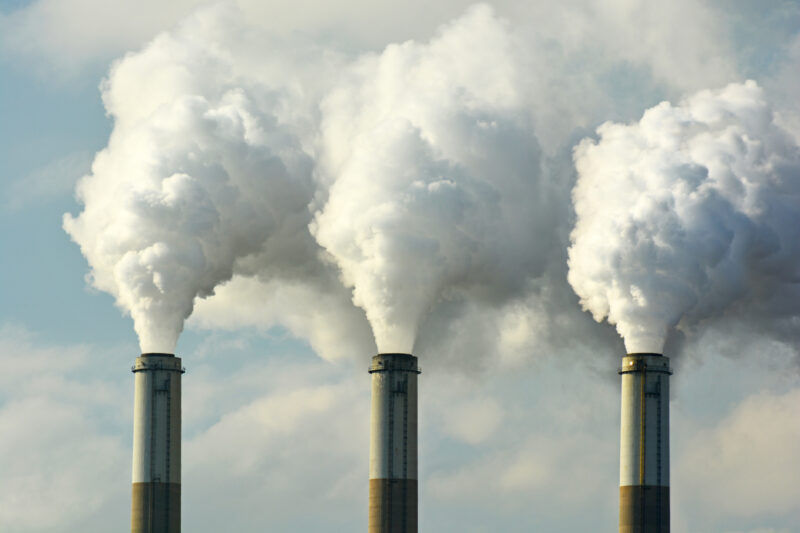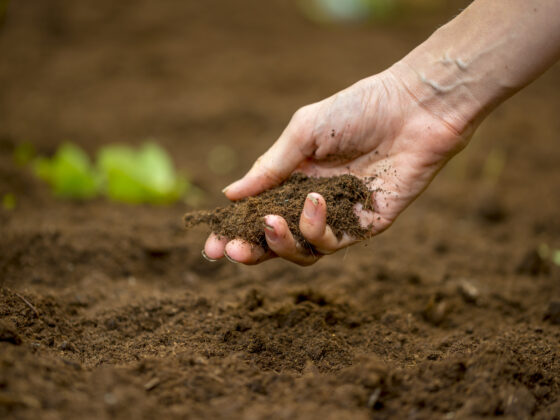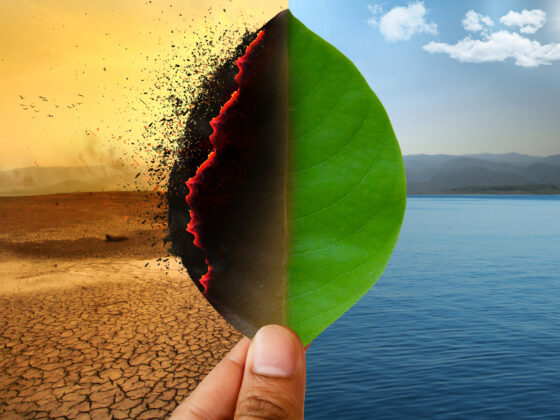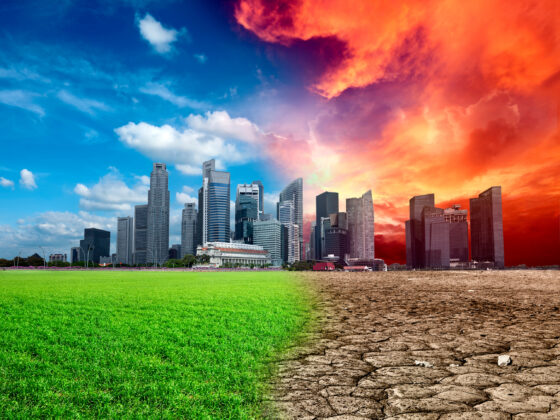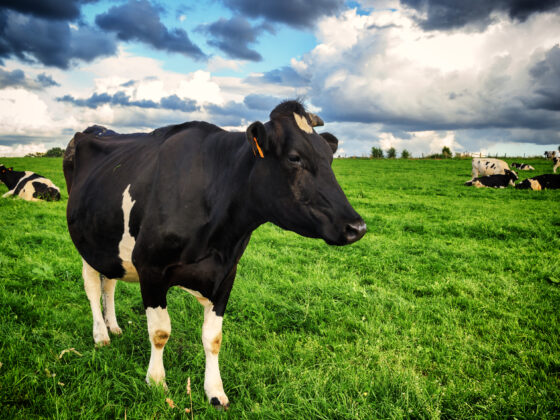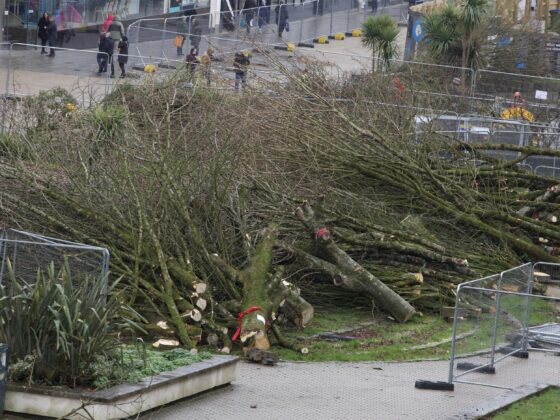This is part 4 of A Climate Counternarrative.
Fossil fuels contribute atmospheric carbon dioxide too, of course. 12% of the total, according to a paper that got criticized over unfortunate remarks in it. 2020 inadvertently revealed that this number is in the right ballpark. Atmospheric carbon dioxide increased like clockwork despite the drop in fossil fuel use tied to economic lockdowns.
12% is high. It is much higher than what industrial activities contribute to the carbon cycle. But then, the latter is misleading too. Consider how fast plants soak up the spring plume of carbon dioxide in NASA visualizations. Contrast that with how the autumn plume persists. A farm field has little carbon dioxide around it in the summer. The carbon cycle’s stock and flow modeling silences these dynamics. NASA’s OCO-3 mission ends up looking for mystery sinks instead of relevant sources. The 12% number likely comes from sources with no nearby plants, like industrial chimneys.
Curbing that waste is straightforward. Capture the smokestack output using a setup like a rocket mass heater. Put the heat to good use, like drying wood pellets made using short-cycle coppice harvests. Pipe the output towards hemp fields. Use a drip irrigation like system reminiscent of those used in open field experiments. Use alley cropping on contour to help break the wind and keep the water from running off. The plants will know what to do with carbon dioxide and water. Hemp soaks up toxins, so there is little need for filtering. It has many industrial uses, like paper.
Bubbling this output in pools to grow duckweed is another good option. Startups are already looking into using captured carbon dioxide to grow algae. Duckweed grows fast and has a great nutrient uptake. Growing it is a good way to process sewage while producing protein-rich chicken feed and potentially biofuel. The former would likely require filtering out toxins first. A hydraulic trompe might be enough to do that. It would separate toxin-laced water from pressurized gas that would be needed anyway. Irrigate nearby hemp fields using the toxin-laced waste water.
With this being said, addressing topsoil loss would quickly reintroduce the problem that plants were struggling with before the industrial era. Namely, too little carbon dioxide. Stalactites, stalagmites, shell producing animals, and other processes have been mineralizing carbon dioxide for millions of years, with occasional spikes that break this downward trend. Plants have had to adapt to having ever less carbon dioxide to work with. The recent uptick made our planet greener. Therefore, leaving the carbon dioxide up in the atmosphere makes sense too.


